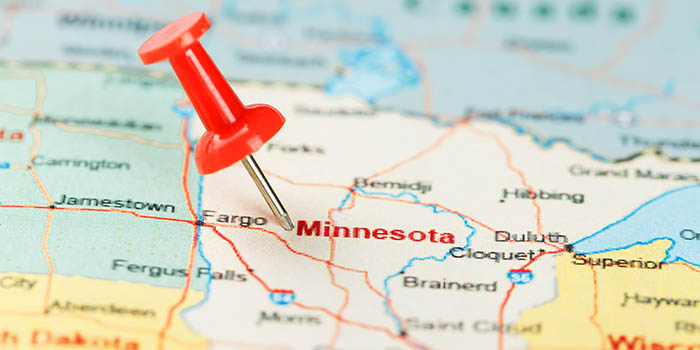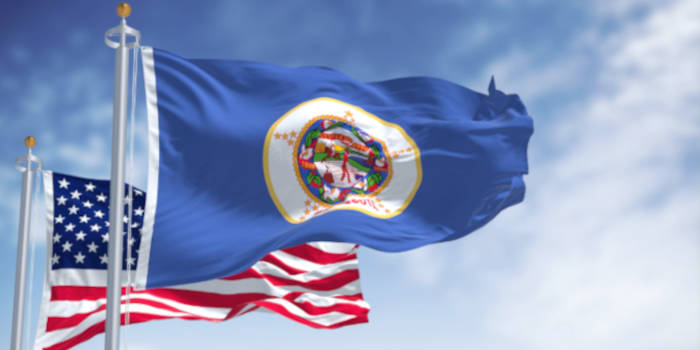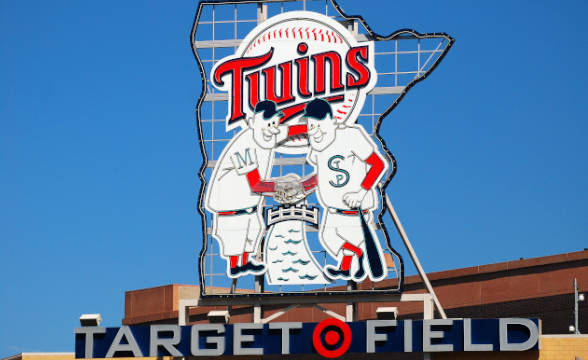Problem Gamblers and Addicts in Minnesota Research Underway

The state of Minnesota is still trying to pinpoint the exact number of problem gamblers and introduce treatment and well-being options to help clamp down on problem gambling. Yet, this measure contrasts with the fact that problem gamblers drive up to 33% of all gambling revenue in the state.
Minnesota Tries to Put Its Finger on Problem Gambler Numbers
Problem gambling in Minnesota remains an unknown number. According to the National Council on Problem Gambling (NCPG) estimated 1% of the U.S. adult population currently exhibits signs of addiction.
That number translates into about 2 million individuals. A further look into the numbers reveals that up to another 6 million people might be classified as “problem gamblers,” i.e. individuals who struggle to control their gambling habits and might be pathological gamblers.
While these estimates are helping lawmakers build local help and treatment networks, some states are still falling behind. Minnesota hasn’t been able to pinpoint the exact number of problem gamblers in the state, and the state seems to struggle with create a sufficient treatment network.
Conflicting Data on Problem Gambling in Minnesota
To address the issue, a $400,000 study has been commissioned from Amherst H. Wilder Foundation of St. Paul. The study focused on 35,000 Minnesotan of varying backgrounds – meaning it didn’t target addicts or non-addicts specifically – and was conducted over email.
The email approach has allowed the researchers to reach the most people, said Helen Ghebre, one of the people behind the survey. Apart from using the current data to start building a safety net for Minnesota problem gamblers, the Health Department of the state also intends to repeat the survey every few years.
This has been the first survey done in 25 years. Based on the results of the past survey, estimated 4.4% of Minnesota’s residents were problem gamblers – or exhibited some symptoms. Based on the NCPG’s own estimates that number is closer to 3.6% or around 152,000 as per data published in 2016.
Why Problem Gamblers Matter?
Any social stigma excluded, problem gamblers are the most lucrative group of gamers for any casino out there. The amounts spent by such individuals are most often the bulk of the revenue any casino reports.
These numbers have been put to a test in Minnesota where up to 33% of all gambling revenue is generated from problem gamblers. In other words, 3.3% of the population is potentially generating one-third of the total casino revenue.
Extrapolating from these numbers, problem gamblers may have generated up to $585 million in 2014 alone, according to up-to-date data. Yet, the state and the results cited as benefit for public spending may be derived from the same problem gamblers that some groups might be keen to help reduce.
Would a reduction of problem gambling, though, bite in to the state’s bottom line as well? Presently, some 600 Minnesota residents have enrolled in gambling addiction treatment program. The data is from 2016, before the mass legalization of sports betting.
A Serious Personal Problem
The question remains – is problem gambling an industry problem or rather a personal health issue? According to Mayo Clinic hospital addiction counselor Brien Gleeson certain demographics in the state are more susceptible to reckless gambling patterns.
Older people usually tend to be a little less prudent with their funds, Gleeson argues, citing retirement and a lot of free time as the reason why. Some people even go to casinos socially, to meet with others and spend time with friends. Speaking to Post Bulletin, Gleeson also noted that most problem gamblers were always chasing their losses.
However, he also noted that a lot of the people he has been consulting have also managed to cope with their gambling addiction and ween themselves on. He also said that many patients have also sought the services of self-help groups such as Gamblers Anonymous.
Introducing Financial Literacy in the School Curriculum
There have been different calls to limit the impact of problem gambling – and not all related to treating, but rather educating and pre-emptively stopping. In 2018, a bill was introduced, urging lawmakers to introduce more financial literacy classes in the curriculum.
Financial literacy has also been promoted by various organization, such as LifeWorks – a company that helps employees to educate themselves on financial issues.
Compulsive spending and veneration of money aren’t officially recognized as mental health issues by the American Psychological Association, but they could be in the root of why so many people fall through financial cracks. Personal finances classes have been set at various locations around the state as well.
Mike made his mark on the industry at a young age as a consultant to companies that would grow to become regulators. Now he dedicates his weekdays to his new project a the lead editor of GamblingNews.com, aiming to educate the masses on the latest developments in the gambling circuit.






